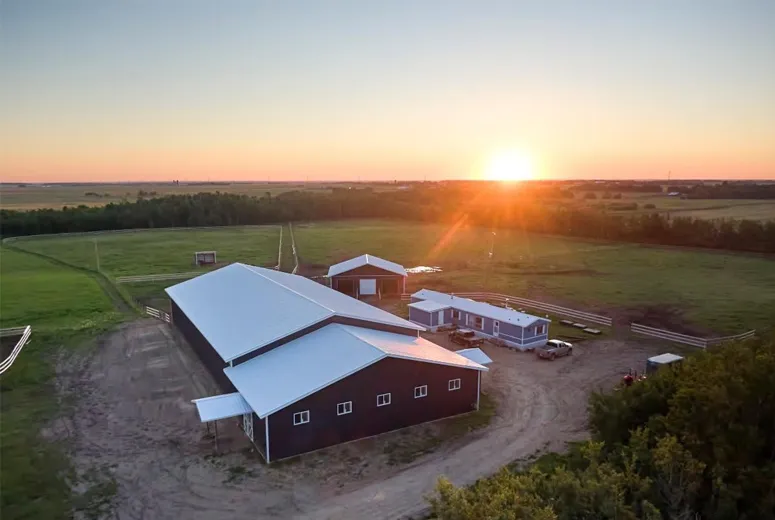- Afrikaans
- Albanian
- Amharic
- Arabic
- Armenian
- Azerbaijani
- Basque
- Belarusian
- Bengali
- Bosnian
- Bulgarian
- Catalan
- Cebuano
- Corsican
- Croatian
- Czech
- Danish
- Dutch
- English
- Esperanto
- Estonian
- Finnish
- French
- Frisian
- Galician
- Georgian
- German
- Greek
- Gujarati
- Haitian Creole
- hausa
- hawaiian
- Hebrew
- Hindi
- Miao
- Hungarian
- Icelandic
- igbo
- Indonesian
- irish
- Italian
- Japanese
- Javanese
- Kannada
- kazakh
- Khmer
- Rwandese
- Korean
- Kurdish
- Kyrgyz
- Lao
- Latin
- Latvian
- Lithuanian
- Luxembourgish
- Macedonian
- Malgashi
- Malay
- Malayalam
- Maltese
- Maori
- Marathi
- Mongolian
- Myanmar
- Nepali
- Norwegian
- Norwegian
- Occitan
- Pashto
- Persian
- Polish
- Portuguese
- Punjabi
- Romanian
- Russian
- Samoan
- Scottish Gaelic
- Serbian
- Sesotho
- Shona
- Sindhi
- Sinhala
- Slovak
- Slovenian
- Somali
- Spanish
- Sundanese
- Swahili
- Swedish
- Tagalog
- Tajik
- Tamil
- Tatar
- Telugu
- Thai
- Turkish
- Turkmen
- Ukrainian
- Urdu
- Uighur
- Uzbek
- Vietnamese
- Welsh
- Bantu
- Yiddish
- Yoruba
- Zulu
Oct . 18, 2024 12:06 Back to list
Light Steel Framing for Residential Buildings A Modern Approach to Construction
In recent years, the construction industry has witnessed a significant shift towards innovative building materials and techniques aimed at improving efficiency, cost-effectiveness, and sustainability. One such method gaining widespread popularity is light steel framing for residential buildings. This contemporary approach has emerged as a viable alternative to traditional wood framing and offers a range of advantages that make it particularly appealing for modern construction projects.
What is Light Steel Framing?
Light steel framing involves the use of cold-formed steel sections to create the structural framework of a building. Unlike traditional framing methods that rely heavily on timber, light steel framing utilizes thin, lightweight steel members that are easy to handle and assemble. The manufacturing process for these steel sections is highly controlled, resulting in consistent quality and performance. This method can be applied to various residential structures, including single-family homes, townhouses, and multi-family dwellings.
Advantages of Light Steel Framing
1. Durability and Longevity One of the most significant benefits of light steel framing is its durability. Steel is resistant to many of the issues that affect wood, such as rot, termites, and warping. As a result, homes constructed with light steel framing are less likely to require extensive repairs or replacements over time, thereby increasing their lifespan.
2. Fire Resistance Steel has inherent fire-resistant properties, making light steel framing an appealing choice for residential buildings. In many regions, building codes require a certain level of fire resistance, and light steel frames can meet or exceed these standards. Homeowners can enjoy peace of mind knowing that their properties are built with materials that offer enhanced safety.
3. Sustainability In today’s environmentally conscious market, sustainability plays a crucial role in construction practices. Light steel is often made from recycled materials and is fully recyclable at the end of its life cycle. This helps reduce waste and the carbon footprint associated with building projects. Furthermore, the precision manufacturing of light steel components leads to minimal material waste during the construction process.
light steel framing for residential buildings

4. Design Flexibility Light steel framing allows for greater design flexibility compared to traditional wood framing. Steel can be easily shaped and formed into various configurations, enabling architects to create innovative designs while maintaining structural integrity. This flexibility can be particularly beneficial for custom homes and unique architectural styles.
5. Faster Construction Times The light weight of steel components makes the construction process more efficient. Builders can quickly assemble light steel structures, which can significantly reduce labor costs and time on site. Additionally, the use of prefabricated components can further streamline the building process, allowing for faster project completion.
6. Cost-Effectiveness While the upfront costs of light steel framing may be higher than traditional wood framing, the long-term savings can be substantial. The durability, reduced maintenance needs, and efficiency in construction often lead to lower overall project costs. Homeowners may also benefit from lower insurance premiums due to the enhanced safety and fire resistance of steel-framed homes.
Challenges and Considerations
Despite its numerous advantages, there are also challenges to consider when using light steel framing. For instance, thermal conductivity is higher in steel compared to wood, which means that insulation must be carefully planned to ensure energy efficiency. Additionally, builders need to be familiar with steel construction techniques and may require specialized training or resources to ensure proper installation.
Conclusion
Light steel framing stands out as a modern and effective approach to residential construction. With its many benefits—including durability, fire resistance, sustainability, design flexibility, faster construction times, and potential cost savings—it presents a compelling alternative to traditional wood framing. As the construction industry continues to evolve, embracing innovative methods like light steel framing can help meet the growing demands for efficient, safe, and sustainable residential buildings. With the right knowledge and skills, builders and homeowners alike can unlock the full potential of this adaptable and resilient construction method, paving the way for a brighter and more sustainable future.
-
How Do Prefabricated Steel Structures Transform Modern Construction?
NewsJul.14,2025
-
How Do Prefabricated Metal Buildings Redefine Modern Construction?
NewsJul.14,2025
-
How Do Prefab Insulated Metal Buildings and Steel Structures Revolutionize Modern Construction?
NewsJul.14,2025
-
How Do Pre - Engineered Steel Structures Redefine Modern Construction?
NewsJul.14,2025
-
Advancing Modular Construction with Prefabricated Metal Structures
NewsJul.14,2025
-
Advancing Industrial Infrastructure with Prefabricated Steel Solutions
NewsJul.14,2025
Products categories
Our Latest News
We have a professional design team and an excellent production and construction team.












